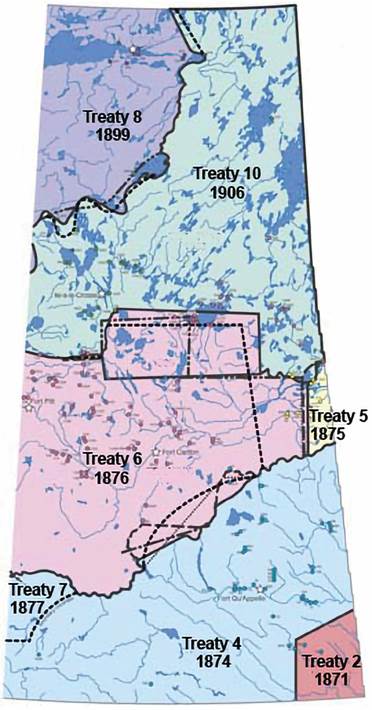Land Acknowledgements
Canadian Property Valuation Magazine
Search the Library Online
By David A. Fortier, P. App., AACI, Bcomm (Dist.)
Since the 2015 release of the Truth and Reconciliation Commission’s (TRC) final report, land acknowledgements have increased in prominence. Among other points, the TRC highlighted the importance of recognizing the traditional territories of Indigenous peoples as a step towards reconciliation. An increasing number of businesses and organizations are incorporating land acknowledgements into their business practices, including at the beginning of events or meetings, on websites, in publications, during employee training, through guest speaker presentations, on social media, and by creating policies and values that spread awareness and inclusiveness.
Canadian real estate appraisers include geographic, municipal, and/or neighborhood descriptions/analysis within their reports as a means of establishing context and describing the area. There is an opportunity to expand on the recent history of a particular area and incorporate land acknowledgements and historical context to raise awareness, encourage readers to learn more, and to broaden one’s understanding of the area’s history.
EXAMPLE: The land in which the subject property is standing on today is Treaty 6 territory; the traditional territory of many nations including Cree, Dakota, Nakota, Saulteaux and Métis.
Treaty 6 was signed by various first nations and the Canadian Crown in 1876.
In the years preceding the signing of this agreement:
- the bison population had decreased substantially,
- smallpox pandemics killed many with no immunity to this new disease,
- there was increased pressure from new settlers, and
- there was continued pressure from Hudson’s Bay Company surveyors.
A treaty with the government was trusted by First Nations to guarantee assistance and prevent starvation in exchange for giving up their customary title to the land.
However, the poor implementation of Treaty 6 was a major reason for the north-west resistance or Northwest-Rebellion of 1885, led by Louis Riel and Gabriel Dumont.
Nearly 150 years after the signing of Treaty 6, its legacy is complicated and contentious:
- Residential Schools – after initially being promised schools on reserves, indigenous children were separated from their families and forced to attend residential schools – the last of which closed in the mid-1990s. Culture loss, abuse, family separation, and intergenerational trauma were just a few of the effects of residential schools.
- Indigenous Farming – made problematic by the geographic location of many reserves on marginal agricultural land, controlled government rationing, implementation of the ‘Peasant Farming Policy’ for first nations famers, as well as adoption of the ‘Pass and Permit System’ as it relates to selling agricultural goods and leaving reserve lands.
- Treaty Land Entitlement – addressing the shortfall in the amount of reserve land promised to First Nations under historical treaties, which were based on the population size at the time – noting many did not receive the full land they were entitled to. As of 2016, 23 of the original 25 first nations have achieved the minimum amount of land required to be purchased and set apart as reserve as defined by the TLE framework.
- Land Surrender Claims – related to illegal surrender of indigenous lands. These claims arise when indigenous lands were surrendered unfairly due to government or government representative coercion or pressure.
- Indigenous Asset Claims – related to assets or monies held in trust by the government and were not properly administered. An example is ‘cows & plows’ provision which promises farm equipment, livestock, seeds and other necessities to support agriculture – which were not always fulfilled.
Treaty 6 symbolizes both the challenges and aspirations of its signatories. The treaty’s legacy is a testament to the complex and evolving nature of Indigenous and government relations in Canada.
For more information visit:
- https://teaching.usask.ca/indigenoussk/import/treaty_6.php
- https://teaching.usask.ca/indigenoussk/import/north-west_resistance.php
- https://teaching.usask.ca/indigenoussk/import/north-west_resistance_and_first_nations.php
- https://teaching.usask.ca/indigenoussk/import/residential_schools.php
- https://teaching.usask.ca/indigenoussk/import/indigenous_reserve_agriculture_to_1900.php






